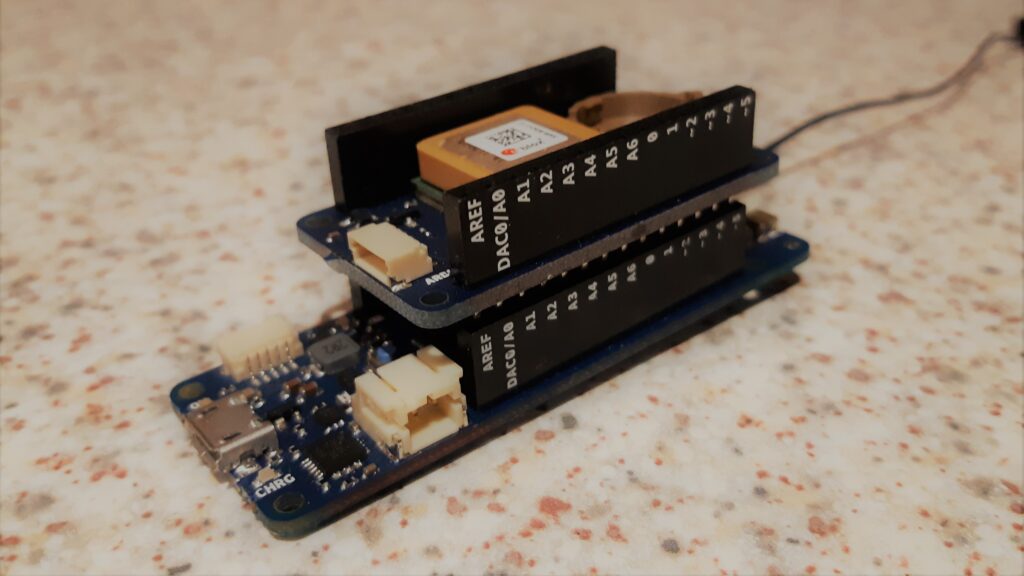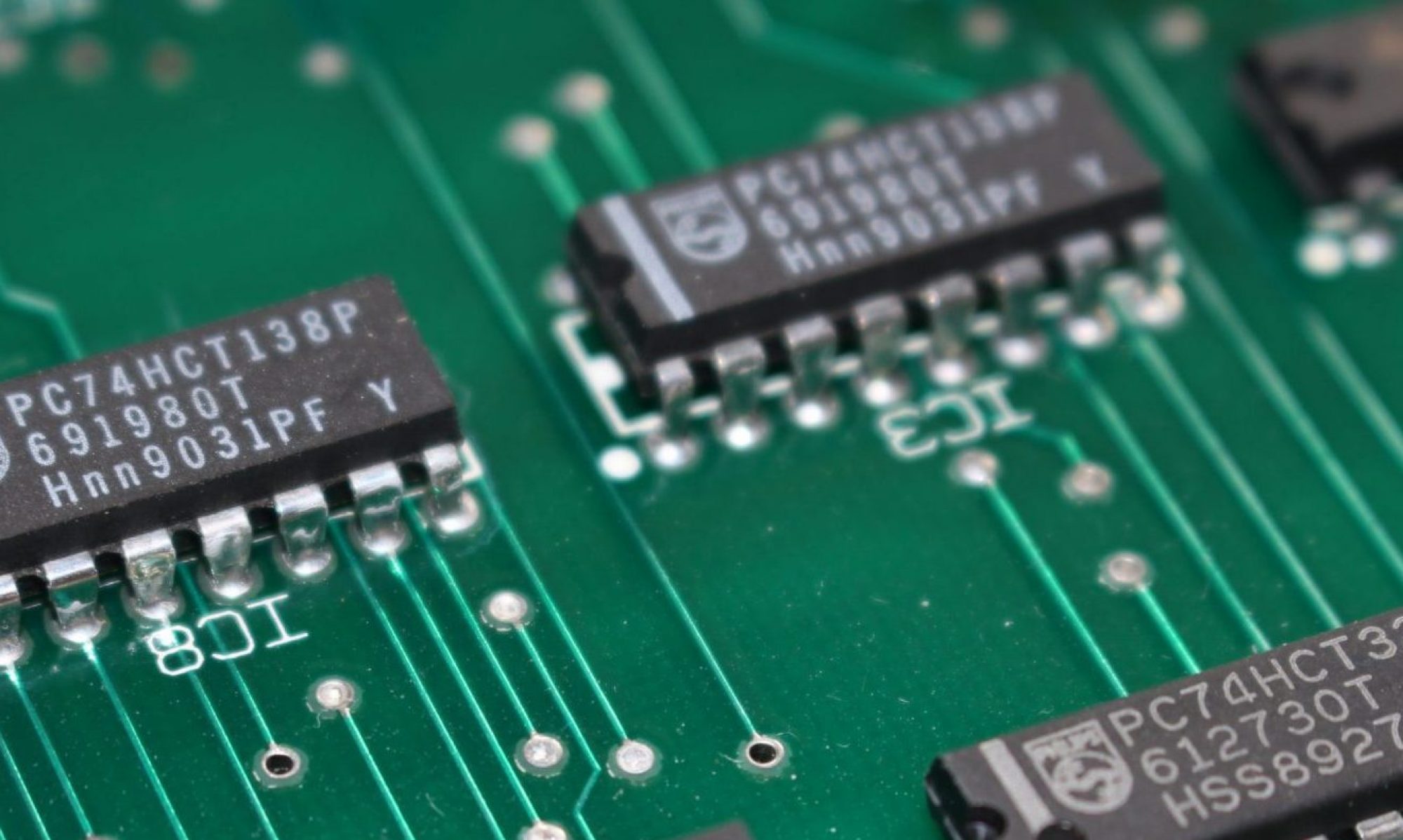The electronics industry is awash with highly integrated modules and system-on-chip (SoC) devices. Are these only a short-term event or will they shape the industry’s future?

A few months ago my son purchased his first motorbike. Like all new things, it is his pride and joy, and the thought of losing it led him to ask me if I could build a GPS tracker for it. Naturally, I said yes!
I started my electronics studies in the mid-1970s, and valves (tubes) were still very much on the curriculum. Digital logic was still in its infancy back then, but it gathered momentum extremely quickly. Roll the clock forward many years, and I’m in a position, like many other engineers or makers, to confidently rise to the challenge of building a GPS asset tracker. So how come?
In short, today anyone can buy a highly integrated set of modules and SoCs and build such a device. I’m not going to go into the design of the tracker here, although I might save it for another post. The design criteria were fairly simple. Build a tracker that would be powered off the motorbike’s electrics that could be interrogated by text message to respond with its current latitude and longitude location. After a bit of research, I selected two boards — the Arduino MKR GSM 1400 and an Arduino MKR GPS shield. The hardware is illustrated above. With the help of a pay-as-you-go SIM card for the GSM module, some library code and examples from the Arduino website, I had a prototype running, accurately reporting the location.
I think we should reflect on this achievement for a moment.
When powered up, the GSM module attached itself to the cellular network and sat waiting to receive a coded text message. Likewise, the GPS shield sat scanning the sky above for constellations of GNSS satellites. When a valid code was received by the GSM module it took the current location and replied to the sender with the bike’s location in a text message. Data is presented in a Google Maps format that shows the location on a map.
I consider myself a fairly capable engineer and coder, but the sheer complexity of tasks involved in establishing communication on a cellular network is beyond me. I could probably hack my way around the GPS receiver, but not in a couple of hours.
Commoditization is driving the electronics industry forward
The fact I could build a device of this nature is thanks to electronics manufacturers and silicon vendors developing highly integrated and functionally rich semiconductors and modules. The mass commoditization of components in this way is driving the electronics industry forward, helping product manufacturers to speed their development cycles.
In my day job I recently wrote an insight note on this topic — The impact of commoditization in the electronics industry.
The future is module and SoC-based
As more functionality becomes integrated into a single device, engineers and development teams can focus on differentiating their products without the burden of facilitating basic functions and capabilities. Designing in this way cuts out significant development time and cost. There is no need to reinvent the wheel for every new design.
For the component manufacturers, however, this requires them to step up their game. In the future, single discrete components may be reserved for specific applications, such as power MOSFETs in electric vehicle drive chains.
How did we get here?
Commoditization is not a new trend. Semiconductor manufacturers started it with the advent of the integrated circuit (IC). Personally, I think that in recent years, the growing maker (hobbyist) community has accelerated adoption. This is particularly the case for single-board computers (SBCs) and their associated accessories. Even though most major semiconductor and electronics companies might not publicly recognize the impact the maker community has made on their business, its influence is without a doubt. As ICs have become more complex, the need for development tools, libraries and evaluation boards have become more important.
In my next post, I’m going to look at the maker community and how it has changed the electronics industry. Stay tuned.

